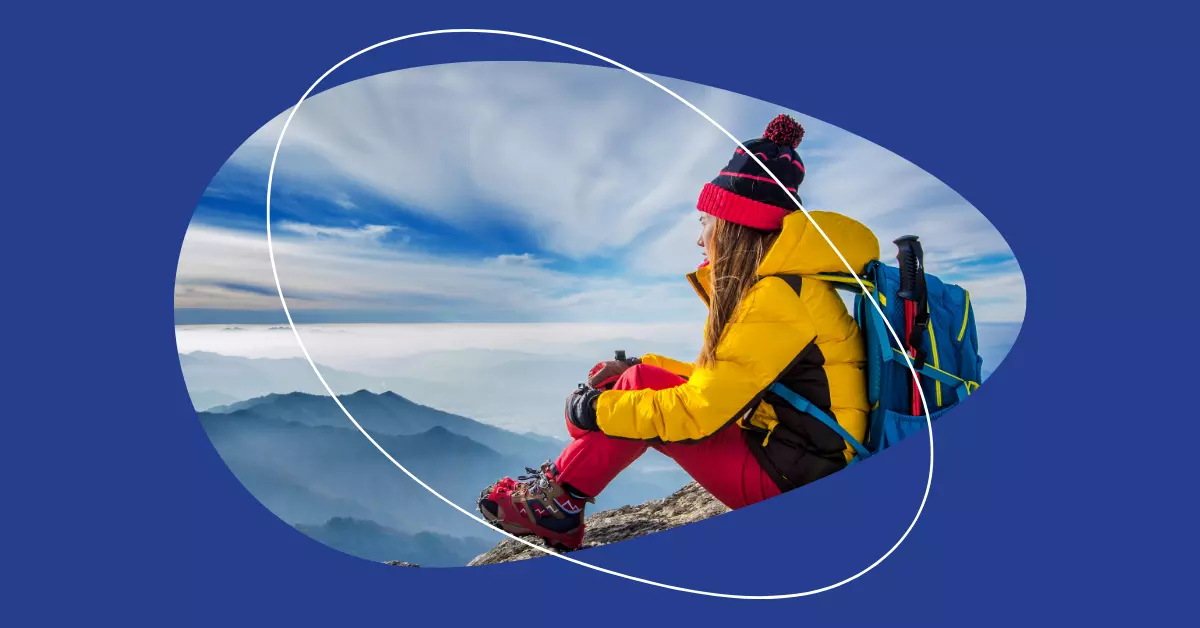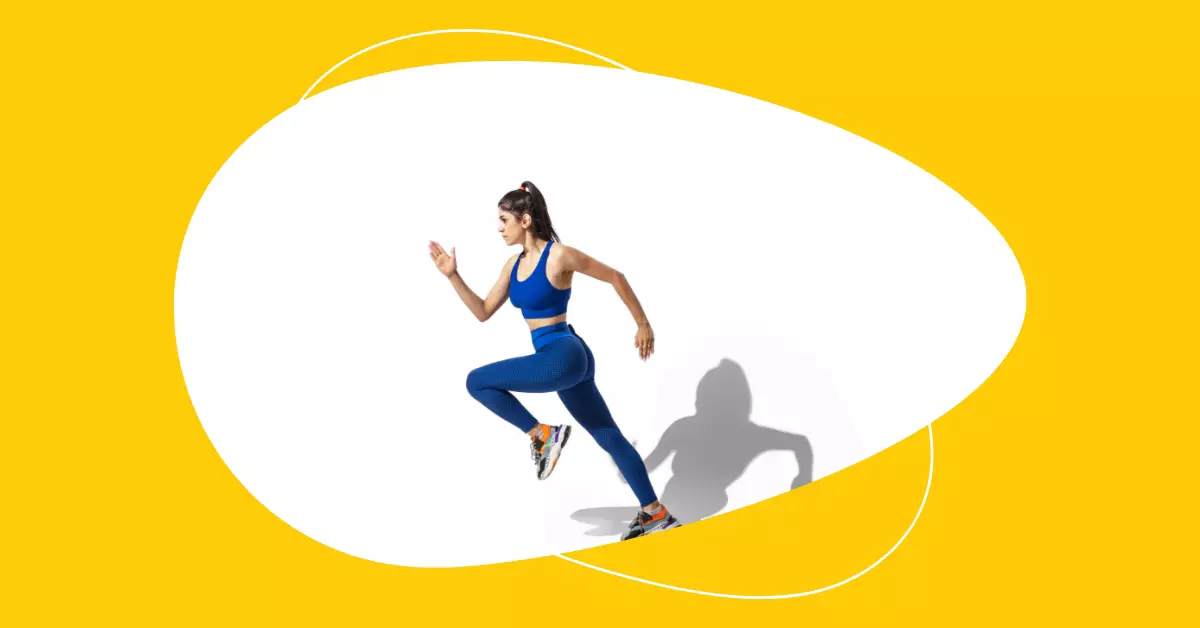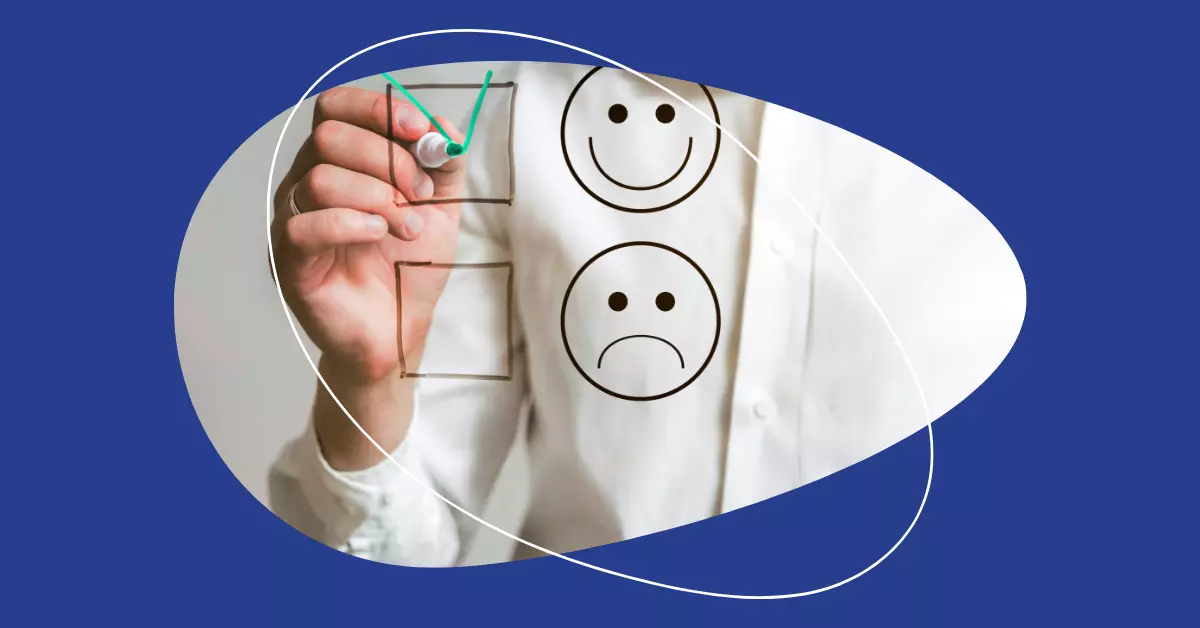Should You Wear Compression Socks for Varicose Veins?
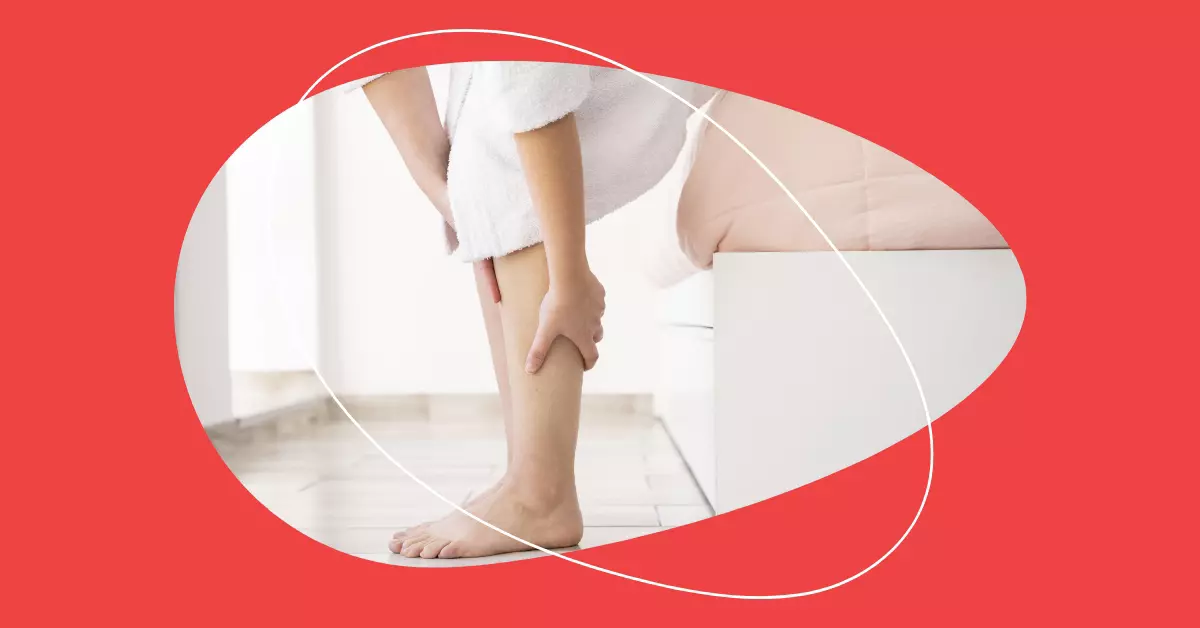
People with poor blood circulation or swelling in their legs wear compression socks.
Should people wear compression socks? Will compression socks be effective in your situation?
Read on to understand varicose veins and how beneficial it is for you to wear compression socks.
Table of Contents
- Introduction
- What are varicose veins?
- Risk factors for varicose veins
- Symptoms of varicose veins
- What are compression socks?
- How do compression socks work or varicose veins?
- How to know the right level of compression?
- Which type should you choose?
- When to wear compression socks for varicose veins?
- Are there any side effects of wearing compression socks?
- Conclusion
Introduction
Sometimes, the veins of the legs twist, enlarge, swell, and start appearing blue or purple. This happens when the blood from the legs is unable to reach the heart and pools in the leg's veins.
When we sit or stand for long hours it puts pressure on the veins. This increased pressure blood results in weakening or damaging the valves.
Read on the answers to key questions about varicose veins and how compression socks help.
What are varicose veins?
There are tiny valves along the course of the veins. In healthy conditions, they open and close to prevent the backflow of the blood.
But when the veins are subject to stress, the valves either weaken or stop working. This causes the pooling of blood in the veins and the phenomenon is venous reflux.
Venous reflux leads to a variety of symptoms like:
-
Bulging varicose veins
-
Spider veins
-
Swelling
-
Cramps
If somebody has chronic venous insufficiency, they experience heavy legs and swollen ankles. The blood does not move towards the heart and starts to pool around the ankle and the calves.
Over a period of time, the malfunctioning calves result in varicose veins.
Risk factors for varicose veins
Varicose veins are hereditary. But other factors that increase the pressure in the veins of the legs are:
-
Obesity
-
Old age
-
Gender
-
Inactivity
-
Injury to the leg
-
Pregnancy
-
Smoking
-
Hormone replacement
-
Oral contraception pills
Symptoms of varicose veins
Varicose veins cause pain and swelling in the legs. But some of the most uncomfortable symptoms of varicose veins are:
-
Skin changes color
-
Leg sores or rashes
-
Burning sensation in the legs
-
Swelling in legs and feet
-
Itching in affected veins
-
Minor bumps can cause vein bursting
What are compression socks?
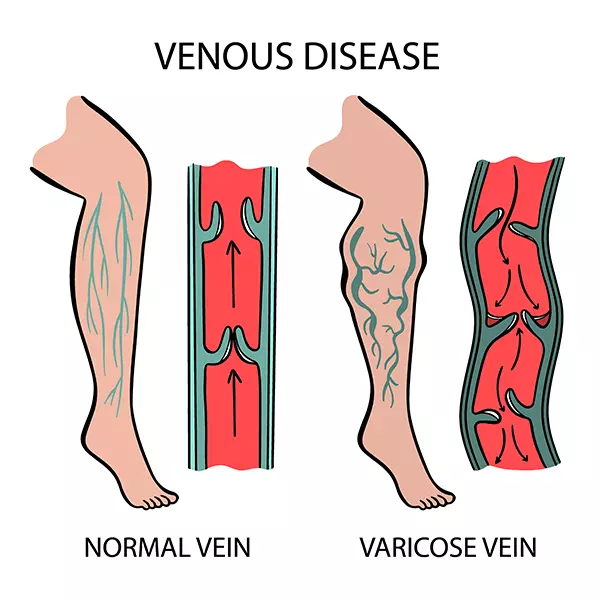
Varicose veins.
Compression socks are designed to exert gentle pressure on the veins of the legs. They help with various venous and lymphatic conditions of the feet and the legs.
Compression socks for varicose veins are:
-
Close-fitted
-
Stretchable
-
Help improve blood flow due to reduced pressure on the veins
To know more about Compression Socks, read here.
How do compression socks work fo varicose veins?
Compression socks apply external pressure on the veins. This pressure helps ease the blood flow by creating favorable pressure. This alleviates the symptoms and prevents the risk of the condition worsening.
As the pressure eases the blood flow, the pain and swelling of the legs get reduced. Hence, compression socks are for helping with the pain and swelling rather than curing the disease.
How to know the right level of compression?
There are four levels of compressions available:
-
Mild compression: for cases of mild chronic venous insufficiency for support of healthy blood flow.
-
Moderate compression: more effective and recommended once you experience symptoms of spider or varicose veins.
-
Firm and Extra-firm compression: recommended by a doctor in more serious cases like deep vein thrombosis, leg ulcers, lymphatic edema, etc.
Which type should you choose?
Your compression socks should provide you with the right kind of pressure.
There are three main types of compression socks available:
-
Pantyhose: provides some pressure but is the least tight option available.
-
Socks and Stockings: come in ranges of pressure and is available at pharmacies, online stores, and drugstores.
-
Prescribed stockings: exert the highest amount of pressure on the legs and are fitted by specialists to ensure their effectiveness.
Doctors recommend thigh-high compression stockings for varicose veins.
When to wear compression socks for varicose veins?
Sitting upright or standing for long hours causes circulatory issues. It is best to wear compression socks during the day, or while you are standing or sitting for a long.
Yet, wear your compression socks as per the doctor's recommendation.
Are there any side effects of wearing compression socks?
Compression socks are intentionally tight. They benefit when they exert pressure on the legs. But that does not mean they should hurt you. If the pressure is unbearable, consult your doctor immediately.
Compression socks bear no side effects to the veins or the problem. But they do cause the following problems:
-
Skin irritation
-
Discomfort
-
Temporary abrasions or dents
-
Broken skin
Wearing socks incorrectly, wrinkled, or in the wrong size is more likely to cause issues. Wear your socks every day and remove them at night unless prescribed otherwise. Check your feet regularly for signs of damage or irritations.
If any kind of rash or irritation occurs, consult your doctor immediately.
Conclusion
Wearing compression socks provides symptomatic relief in varicose veins by improving blood circulation. They function as a support to provide healthy flow and keep everyday pain and swelling at bay.
Compression socks can be expensive, and hard to put on, and it may take a while to get used to wearing them. But once they fit right perfectly, you are nothing but comfortable in these socks.




